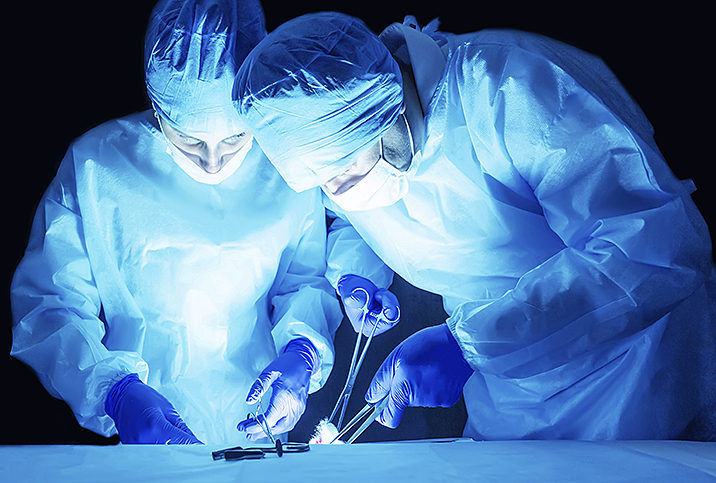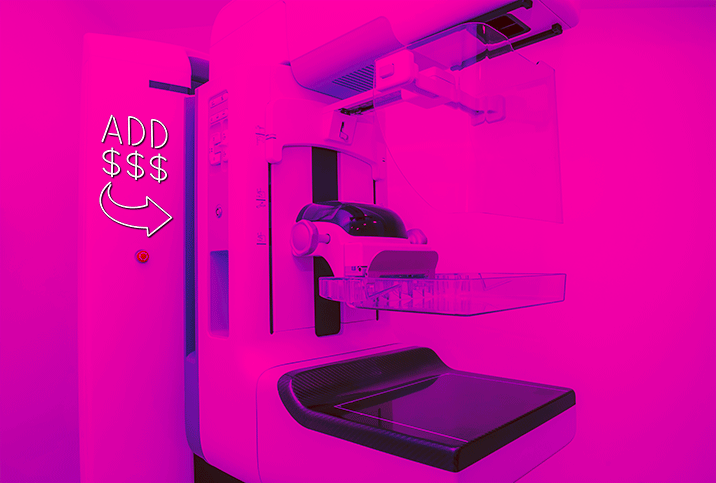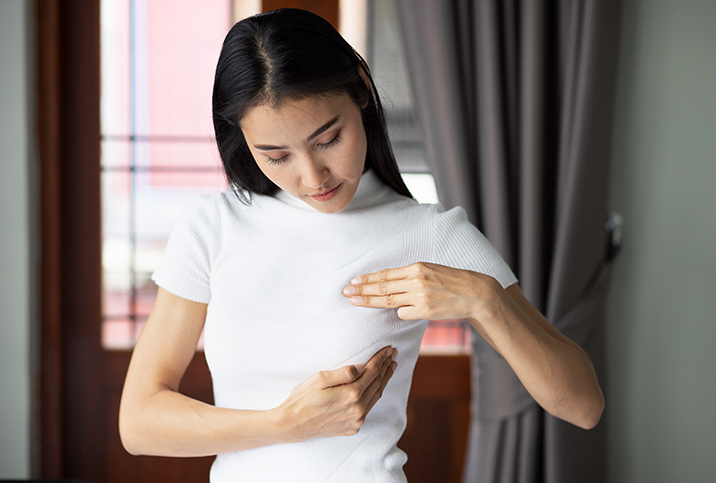Can Fibroadenomas Turn Into Breast Cancer?

While fibroadenomas are not typically harmful, discovering one or more in your breasts can be jarring and a little scary at first—especially if you have yet to see a doctor. Though it’s not common for fibroadenomas to develop into breast cancer, it can happen.
Armed with a little knowledge, you can definitely reduce your risk of breast cancer from an otherwise benign fibroadenoma.
Fibroadenomas vs. breast cancer lumps
The most notable difference between fibroadenomas and breast cancer lumps is that fibroadenomas are benign. In fact, up to 80 percent of breast lumps turn out to be benign.
Unlike breast cancer lumps, which can grow and eventually spread to other parts of the body, fibroadenomas remain inside breast tissue. Breastcancer.org reports that the average fibroadenoma usually grows no larger than 2.5 centimeters in diameter, while breast cancer lumps can grow significantly larger and can spread.
Another general difference between fibroadenomas and breast cancer lumps is how they feel. Fibroadenomas usually feel round, have smooth borders and can be easily moved around. Breast cancer lumps tend to be hardened, bumpy, angular and stay firmly in place. However, these generalizations are not true 100 percent of the time. You can’t count on how a lump feels to determine whether it is benign or cancerous.
Regardless of how it feels from the outside, you should have your breasts examined promptly by a doctor if you find any lumps, so breast cancer can be ruled out.
When you go in for a breast examination to determine whether a lump is benign or cancerous, your doctor will likely perform one or more tests, including a mammogram, an ultrasound or a biopsy, according to the American Cancer Society.
You should have your breasts examined promptly by a doctor if you find any lumps, so breast cancer can be ruled out.
These tests will allow your doctor to determine whether the lump in your breast resembles breast cancer. A breast ultrasound may be performed if you have dense breast tissue or if your doctor needs additional images to analyze the growth following a mammogram. In some cases, a biopsy may be necessary. During a biopsy, the doctor will use a fine needle to extract tissue samples from any lumps in the breast and send them to the lab for further analysis.
Fibroadenomas-to-breast cancer frequency
Most fibroadenomas remain benign and eventually go away on their own. However, two types of fibroadenomas are more likely to develop into breast cancer: complex fibroadenomas and Phyllodes tumors.
The cells within complex fibroadenomas can grow rapidly and out of control, increasing the risk of breast cancer. Complex fibroadenomas make up approximately 16 percent of fibroadenomas, according to the American Journal of Roentgenology.
Phyllodes tumors are extremely rare, accounting for less than 1 percent of breast tumors. These tumors are usually removed following detection to reduce the risk of breast cancer.
Some women choose to have their fibroadenomas removed even if diagnostic tests and biopsy results reveal that the lumps are benign. For some people, removing fibroadenomas can provide peace of mind, especially if they have a family history of breast cancer or other risk factors. Some fibroadenomas can grow large enough to cause pressure and pain to normal breast tissue and will need to be removed.
Fibroadenomas can be removed surgically or with cryoablation, a procedure that uses gas to freeze and destroy the affected tissue.
Cancer prevention
Left intact, there is no surefire way to prevent fibroadenomas from becoming cancerous, though there are some precautions you can take. If you or your doctor are worried the fibroadenoma may become cancerous, you can have it removed altogether as a preventive measure.
However, if you choose not to get your fibroadenoma removed, it’s important to get regular breast exams to confirm the lump remains benign.
Implementing regular exercise and a balanced diet into your life could potentially keep your hormones in check and reduce your risk for fibroadenomas.
The exact cause of fibroadenomas remains unknown, though some researchers suspect they may develop, at least in part, due to increased estrogen levels. Implementing regular exercise and a balanced diet into your life could potentially keep your hormones in check and reduce your risk for fibroadenomas.
Most important, if you detect a lump in your breast, be sure to get it checked by a doctor immediately.

















